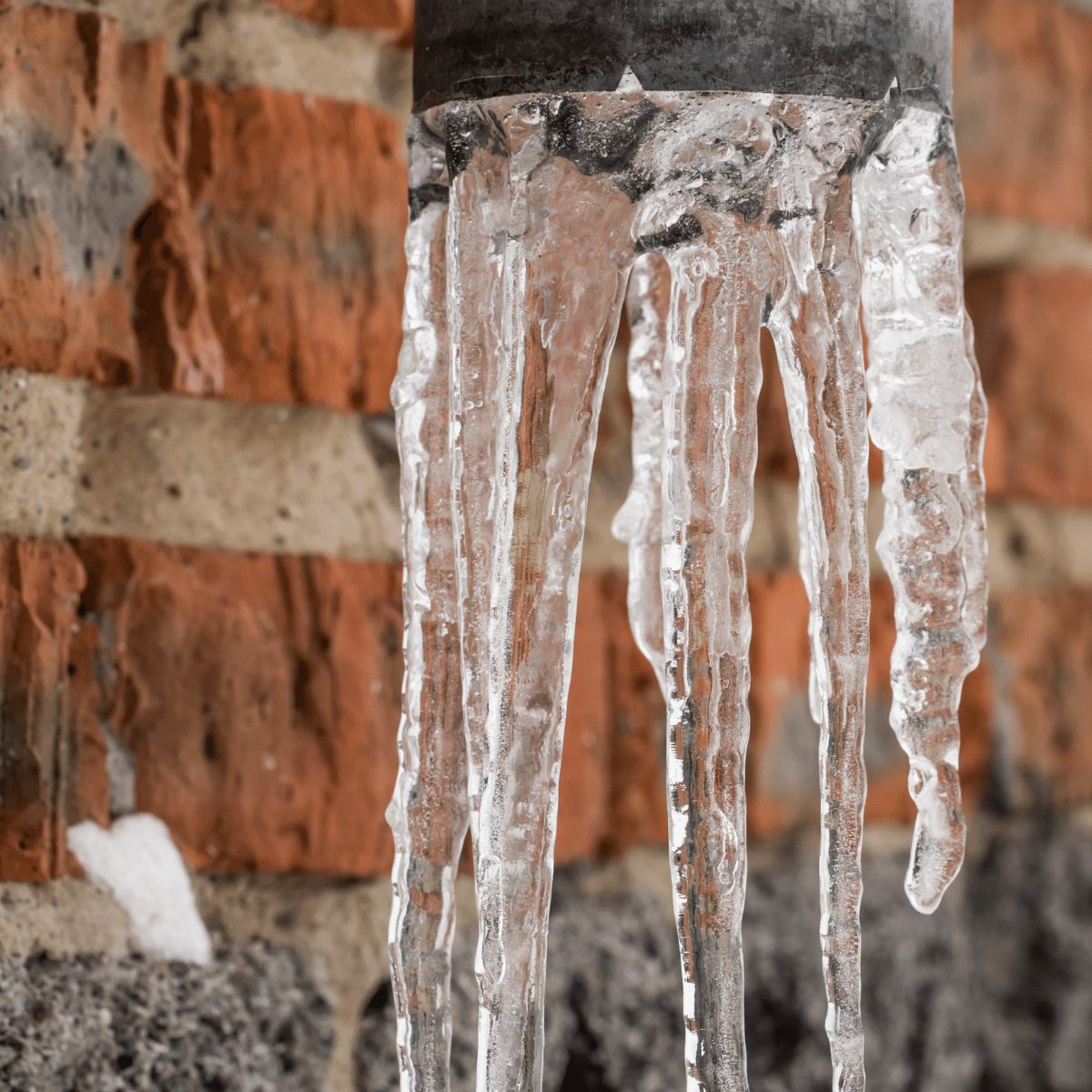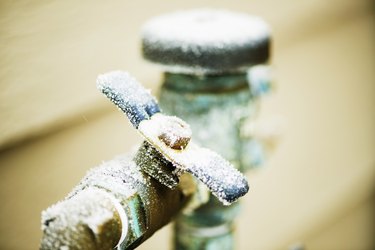Ways to Protect Plumbing System from Cold Weather: Critical Advice
Ways to Protect Plumbing System from Cold Weather: Critical Advice
Blog Article
How do you feel in relation to Helpful Tips to Prevent Frozen Pipes this Winter?

Cold weather can wreak havoc on your pipes, especially by freezing pipelines. Right here's how to avoid it from happening and what to do if it does.
Intro
As temperatures decrease, the risk of frozen pipelines boosts, possibly causing pricey repair work and water damages. Recognizing just how to prevent frozen pipelines is crucial for home owners in cool environments.
Avoidance Tips
Shielding at risk pipelines
Wrap pipes in insulation sleeves or make use of warm tape to protect them from freezing temperatures. Concentrate on pipes in unheated or outside locations of the home.
Heating strategies
Maintain interior spaces adequately heated up, specifically locations with plumbing. Open cupboard doors to enable cozy air to flow around pipes under sinks.
How to identify frozen pipes
Search for reduced water flow from faucets, unusual odors or noises from pipes, and visible frost on exposed pipelines.
Long-Term Solutions
Architectural changes
Consider rerouting pipelines far from outside walls or unheated areas. Include added insulation to attic rooms, cellars, and crawl spaces.
Upgrading insulation
Buy top notch insulation for pipes, attic rooms, and walls. Correct insulation assists keep constant temperature levels and minimizes the risk of frozen pipes.
Shielding Outdoor Pipes
Yard hose pipes and exterior faucets
Detach and drain pipes garden pipes prior to winter season. Set up frost-proof faucets or cover outside taps with shielded caps.
Understanding Icy Pipelines
What creates pipes to freeze?
Pipelines ice up when exposed to temperatures below 32 ° F (0 ° C) for prolonged durations. As water inside the pipelines freezes, it expands, putting pressure on the pipe wall surfaces and possibly triggering them to rupture.
Threats and problems
Icy pipelines can result in water system disturbances, residential or commercial property damage, and expensive repair work. Burst pipelines can flood homes and cause extensive architectural damages.
Indications of Frozen Pipeline
Identifying icy pipes early can prevent them from breaking.
What to Do If Your Pipes Freeze
Immediate actions to take
If you think icy pipes, maintain taps open to soothe stress as the ice melts. Utilize a hairdryer or towels soaked in warm water to thaw pipelines gradually.
Final thought
Protecting against frozen pipelines requires positive measures and quick feedbacks. By comprehending the reasons, signs, and safety nets, homeowners can secure their pipes during winter.
5 Ways to Prevent Frozen Pipes
Drain Outdoor Faucets and Disconnect Hoses
First, close the shut-off valve that controls the flow of water in the pipe to your outdoor faucet. Then, head outside to disconnect and drain your hose and open the outdoor faucet to allow the water to completely drain out of the line. Turn off the faucet when done. Finally, head back to the shut-off valve and drain the remaining water inside the pipe into a bucket or container. Additionally, if you have a home irrigation system, you should consider hiring an expert to clear the system of water each year.
Insulate Pipes
One of the best and most cost-effective methods for preventing frozen water pipes is to wrap your pipes with insulation. This is especially important for areas in your home that aren’t exposed to heat, such as an attic. We suggest using foam sleeves, which can typically be found at your local hardware store.
Keep Heat Running at 65
Your pipes are located inside your walls, and the temperature there is much colder than the rest of the house. To prevent your pipes from freezing, The Insurance Information Institute suggests that you keep your home heated to at least 65 degrees, even when traveling. You may want to invest in smart devices that can keep an eye on the temperature in your home while you’re away.
Leave Water Dripping
Moving water — even a small trickle — can prevent ice from forming inside your pipes. When freezing temps are imminent, start a drip of water from all faucets that serve exposed pipes. Leaving a few faucets running will also help relieve pressure inside the pipes and help prevent a rupture if the water inside freezes.
Open Cupboard Doors
Warm your kitchen and bathroom pipes by opening cupboards and vanities. You should also leave your interior doors ajar to help warm air circulate evenly throughout your home.

I discovered that blog posting about Prevent Frozen Pipes when doing a search on the internet. Liked our piece? Please share it. Let someone else find it. Thank you for your time spent reading it.
Find Out More Report this page